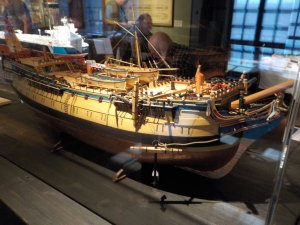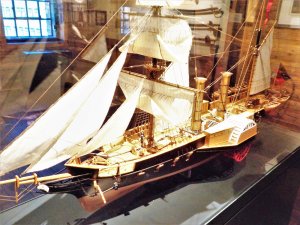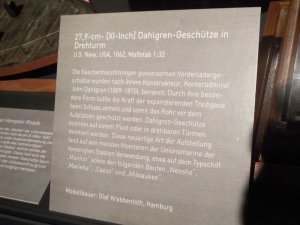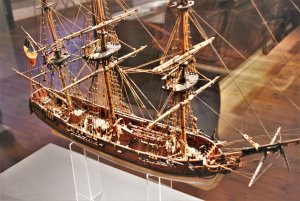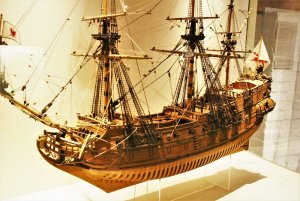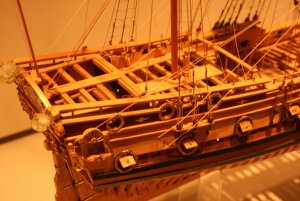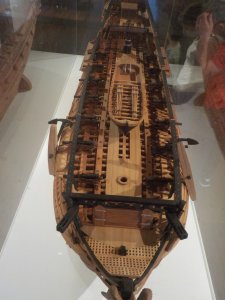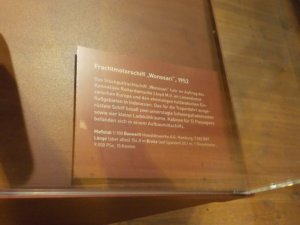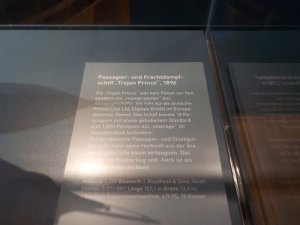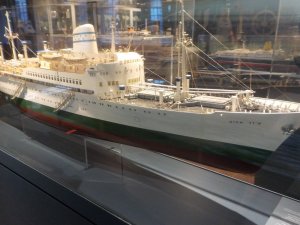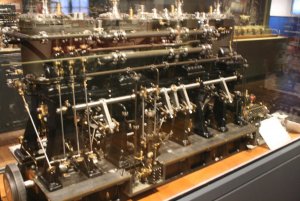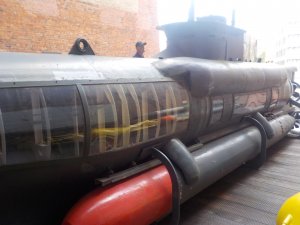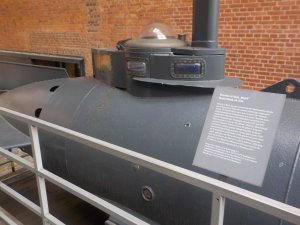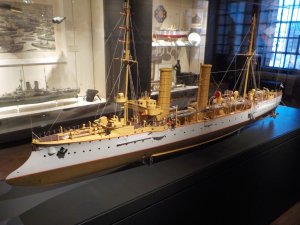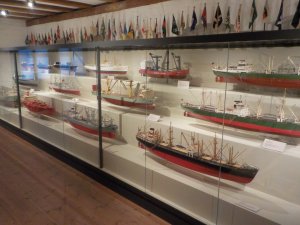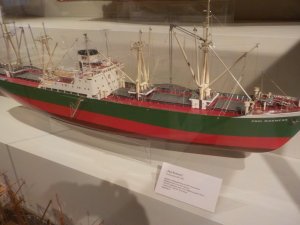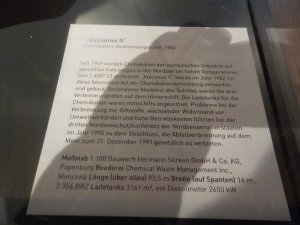The International ship modelling days in Hamburg in mid of September were held in the location of the Maritime museum.
I had not much time to see everything in the museum, but in the following posts I want to show you as much as possible!
Definitely it is absolutely worth for a visit (or two)
From the web-page of the Museum:
3000 Years of Maritime History and Modern Research
The International Maritime Museum is housed in the heritage listed building, Kaispeicher B. Three thousand years worth of maritime history are displayed on nine ‘decks’ with precious exhibits, model ships and paintings. There is an entire deck dedicated to marine research.

At the beginning there was the ocean. Humans stood at the shore, ready to sail unto new horizons. From there the journey through three thousand years of seafaring history begins. Historical documents and sea charts reveal how the modern world-view has developed. Particularly valuable: a copy of the „Atlantis Majoris“ from 1657, the first nautical atlas printed in the Netherlands.
Hand painted crown compasses and shining, golden sextants lead into an era in which a keen eye and steady hand were required to determine the course. A „signal station“ with Teletype machinery and signal codes demonstrates how seafarers communicated up until the twentieth century.
Selected models show various strands of development in shipping: from Phoenician galley and Roman trireme to Viking dragon boats, from cog ships of the Hanseatic period and the explorer’s caravels to the last of the windjammers.

Since the stone ages to modern day, shipbuilding has mirrored the technological possibilities of each era. The first form of the boat was the ‘dug-out’. A tree trunk, thousands of years old, hollowed out with the simplest of tools that was pulled from the Elbe near Geesthacht, is the oldest piece on display in the museum. It was only centuries later that shipbuilders planned their work based on blueprints and scale models. The block-model of an English ship from 1650 and sketches out of William Keltridge’s manuscript, „His Book“ from 1675 are two of the oldest documents and reminders of this era.
Medals and uniforms from navies around the world, displays of commercial and passenger shipping, as well as works by well-known maritime painters, are presented on other decks and the treasury holds ship models made of ivory, amber, silver and gold.

An entire deck is reserved for marine research. The exhibit was developed in collaboration with leading scientific institutions and is constantly updated. Research instruments, samples from the sea bed, films that diving robots have taken of the deep sea, an actual wall of ice and fascinating underwater audio samples deliver a vivid impression of the seas. We still know too little about the oceans, the efforts of marine.
The building and entrance





In front of the entrance are located two historic 24-pdr guns of the HMS Foudroyant, commissioned in 1798, which was flagship of Lord Nelson between 1799 and 1801.
I had not much time to see everything in the museum, but in the following posts I want to show you as much as possible!
Definitely it is absolutely worth for a visit (or two)
From the web-page of the Museum:
3000 Years of Maritime History and Modern Research
The International Maritime Museum is housed in the heritage listed building, Kaispeicher B. Three thousand years worth of maritime history are displayed on nine ‘decks’ with precious exhibits, model ships and paintings. There is an entire deck dedicated to marine research.

At the beginning there was the ocean. Humans stood at the shore, ready to sail unto new horizons. From there the journey through three thousand years of seafaring history begins. Historical documents and sea charts reveal how the modern world-view has developed. Particularly valuable: a copy of the „Atlantis Majoris“ from 1657, the first nautical atlas printed in the Netherlands.
Hand painted crown compasses and shining, golden sextants lead into an era in which a keen eye and steady hand were required to determine the course. A „signal station“ with Teletype machinery and signal codes demonstrates how seafarers communicated up until the twentieth century.
Selected models show various strands of development in shipping: from Phoenician galley and Roman trireme to Viking dragon boats, from cog ships of the Hanseatic period and the explorer’s caravels to the last of the windjammers.

Since the stone ages to modern day, shipbuilding has mirrored the technological possibilities of each era. The first form of the boat was the ‘dug-out’. A tree trunk, thousands of years old, hollowed out with the simplest of tools that was pulled from the Elbe near Geesthacht, is the oldest piece on display in the museum. It was only centuries later that shipbuilders planned their work based on blueprints and scale models. The block-model of an English ship from 1650 and sketches out of William Keltridge’s manuscript, „His Book“ from 1675 are two of the oldest documents and reminders of this era.
Medals and uniforms from navies around the world, displays of commercial and passenger shipping, as well as works by well-known maritime painters, are presented on other decks and the treasury holds ship models made of ivory, amber, silver and gold.

An entire deck is reserved for marine research. The exhibit was developed in collaboration with leading scientific institutions and is constantly updated. Research instruments, samples from the sea bed, films that diving robots have taken of the deep sea, an actual wall of ice and fascinating underwater audio samples deliver a vivid impression of the seas. We still know too little about the oceans, the efforts of marine.
The building and entrance





In front of the entrance are located two historic 24-pdr guns of the HMS Foudroyant, commissioned in 1798, which was flagship of Lord Nelson between 1799 and 1801.







